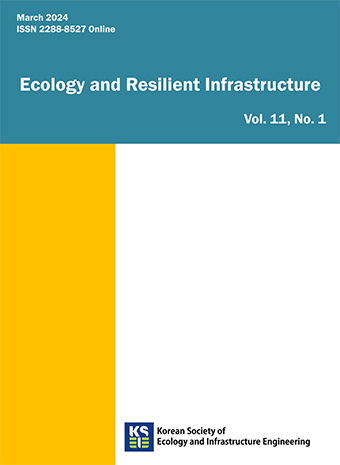Original Article
Abstract
References
Information
Demuzere, M., Orru, K., Heidrich, O., Olazabal, E., Geneletti, D., Orru, H., Bhave, A.G., Mittal, N., Feliu, E., and Faehnle, M. 2014. Mitigating and adapting to climate change: Multi-functional and multi-scale assessment of green urban infrastructure. Journal of Environmental Management 146: 107-115.
10.1016/j.jenvman.2014.07.02525163601
Kwok, Y.T., Schoetter, R., Lau, K., Hidalgo, J., Ren, C., Pigeon, G., and Masson, V. 2019. How well does the local climate zone scheme discern the thermal environment of Toulouse (France)? An analysis using numerical simulation data. International Journal of Climatology 39(14): 5292-5315.
10.1002/joc.6140
Norton, B.A., Coutts, A.M., Livesley, S.J., Harris, R.J., Hunter, A.M., and Williams N.S.C. 2015. Planning for cooler cities: A Framework to prioritise green infrastructure to mitigate high temperatures in urban landscapes. Landscape and Urban Planning 134: 127-138.
10.1016/j.landurbplan.2014.10.018
- Publisher :Korean Society of Ecology and Infrastructure Engineering
- Publisher(Ko) :응용생태공학회
- Journal Title :Ecology and Resilient Infrastructure
- Journal Title(Ko) :응용생태공학회 논문집
- Volume : 7
- No :4
- Pages :227-237
- Received Date : 2020-06-11
- Revised Date : 2020-12-07
- Accepted Date : 2020-12-10
- DOI :https://doi.org/10.17820/eri.2020.7.4.227




 Ecology and Resilient Infrastructure
Ecology and Resilient Infrastructure







